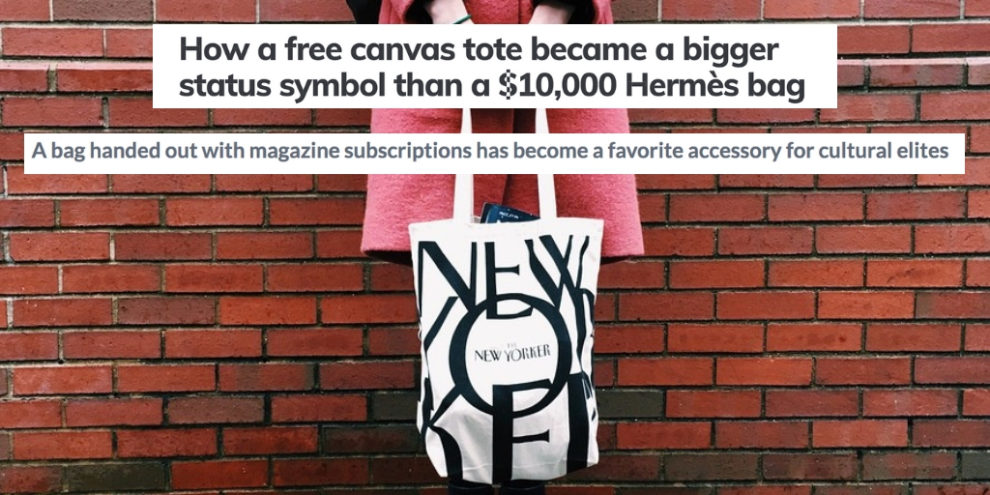What the end of newsstand sales will mean for publishers
2019 saw more than a handful of retailers stop selling newspapers, including Aldi in the UK and Starbucks in the US. Even airlines are getting into the game, with Air New Zealand removing print newspapers from its lounges for “sustainability” reasons. As print newspapers slowly leave the public sphere, what does this mean for the future of news?
Join us as we explore how the decrease in avenues for buying print newspapers without a subscription will impact reader behaviour and how publishers should prepare for this.
Changing habits or changing technology?
This isn’t the first time the newspaper industry has faced declining newsstand sales. At the turn of the last century, the city of New York tried to get rid of newsstands as part of an effort to clean up the city. Publishers feared this would harm the daily habitual reading they had been developing in their readers —at the time, the president of the Newsdealers’ Association was quoted as saying:
Why, there are some men who cannot eat their breakfast without a newspaper.
William Merican, the president of the Newsdealers’ Association
It goes to show that building, and maintaining, habits has long been a concern for publishers. Just as publishers had to adapt to changing circumstances then, to be successful today publishers will need to understand the changing needs of their readers and design their products to best fit those needs. This is something we explore in our just released research report “Habit Forming News Products“.
That’s one reason why after Starbucks announced it was no longer selling print newspapers in its stores, they then announced they would be partnering with a handful of newspapers to offer free digital access to their content in stores. The consumer behaviour of reading the newspaper with the morning coffee hasn’t gone away, it has just evolved with the state of technology.
Having launched with seven titles in October, the program expanded to more than 23 titles in November. Now Starbucks patrons can bypass the paywall when connected to the in-store Wifi, getting access to stories from the likes of The Wall Street Journal, The Seattle Times, and The Los Angeles Times.
New methods of discovery needed
Before committing to paying for a subscription, print readers could first scan through the various different newspapers available at the newsstand and even trial a title by buying a single copy. With newsstands disappearing, it is another sign that publishers need to rethink their discovery strategies. As some airlines get rid of print newspapers for passengers, others such as Brussels Airlines have started giving passengers access to digital editions. It is interesting to see that they still keep the edition concept alive by giving access not just to digital news, but to the digital edition of that day’s newspaper.
Of course, we have also seen the state of digital discovery in flux, with publishers experimenting with different social platforms (including TikTok recently), newsletters, and more. No matter the platform, today’s publishers know that they cannot become too reliant on other platforms. Instead, to be successful, publishers need to ensure they build their audiences on their own platforms so they can actually be in control of those relationships. That’s one reason why the participating publishers have given free access to the content to Starbucks customers. While Starbucks isn’t paying the publishers, they see it as a good source of potential new readers. With this program, new readers can really get to know what value a digital subscription would bring, before deciding to subscribe.
We are curious to see how people will telegraph their news interests, if not by buying a copy of their preferred newspapers at the kiosk. Likely more publishers will try to find their version of the elusive New Yorker tote bag, the item that loyal subscribers use to signal to other like-mind people.

Since being launched, the New Yorker has distributed more than 500,000 tote bags and it was even named the “it bag” of 2017. In an interview, Elizabeth Currid-Halkett explained:
The tote bag is, consciously or unconsciously, a sign of cultural currency. Reading the New Yorker implies possession of rarefied knowledge, cultural awareness and refinement of taste that goes beyond simply reading about world happenings.
Elizabeth Currid-Halkett
Reduced distribution complexities
Today more publishers are facing the business need to close up shop in certain locations. International titles are finding it difficult to guarantee print copies for readers in remote areas, and so they are trying to bring those readers to their digital products instead, including their ePaper. Before, it seemed some publishers saw e-editions as a cannibalisation threat for their print newspapers, but today they are more often seen as a way to extend the lifetime of a print reader.
This will be especially useful as more publishers begin to cut the number of days they print a newspaper. With fewer print newspapers to sell, this will help speed up the process of single-copy newspapers disappearing from the public space. Instead, publishers will need to think about how they can encourage occasional readers to buy a single digital copy of the newspaper when they want to read the full edition. Today, many publishers still view their ePaper as something only for subscribers, meaning that occasional readers do not have the ability to discover what the ePaper is all about.
Overall, publishers will do best if they can encourage their occasional readers to further sample their product.
Other Blog Posts

Stay on top of the game
Join our community of industry leaders. Get insights, best practices, case studies, and access to our events.
"(Required)" indicates required fields

